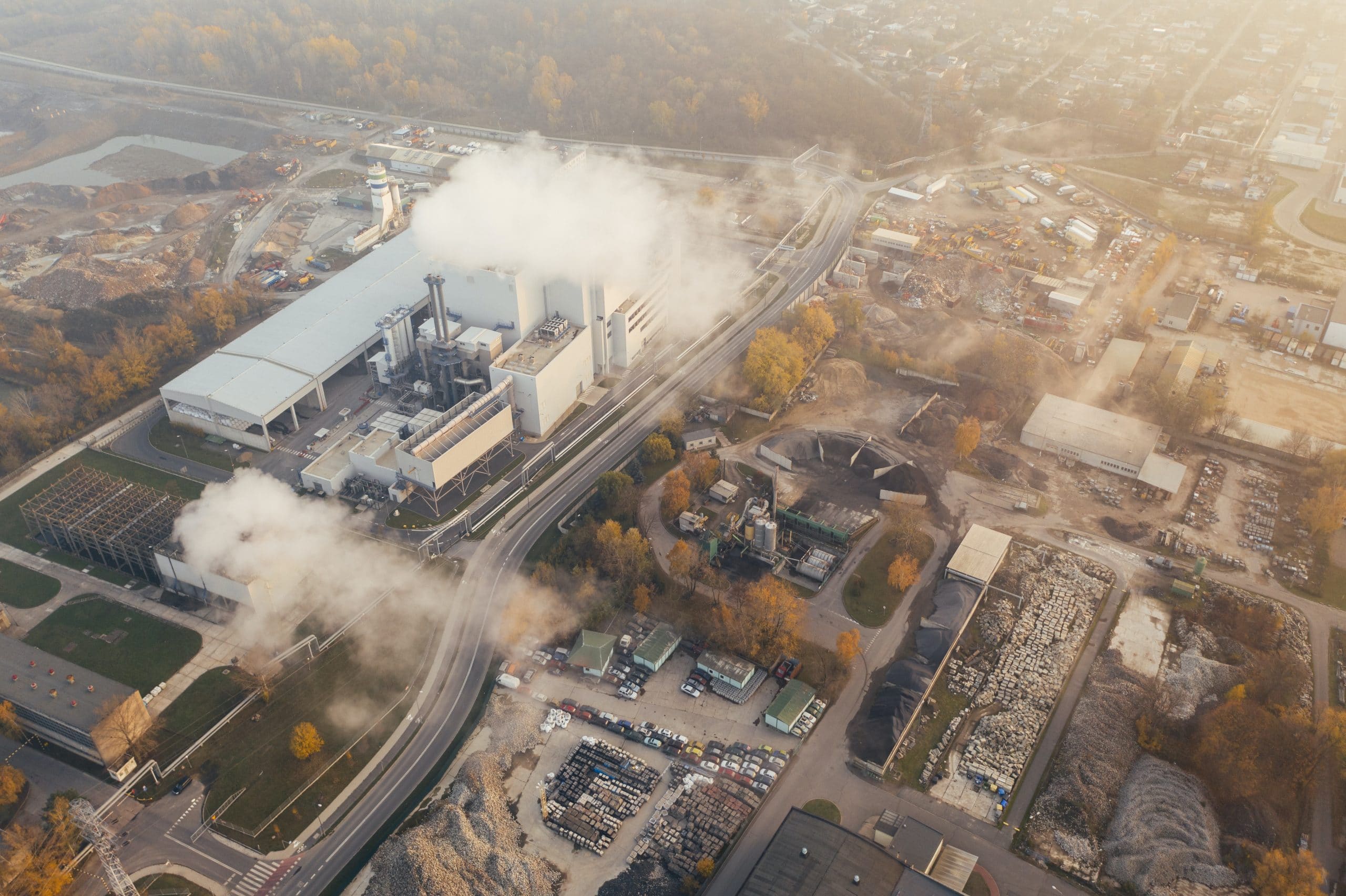California Adds $40 Million to Heat Pump Water Heater Program to Decarbonize Buildings

The California Public Utilities Commission on April 7 extended incentives for electric appliances as part of its efforts to combat climate change and promote building decarbonization. In conformity with previous decisions, the agency accepted the budgets, stimulus levels, and another prerequisite for the Heat Pump Water Heater program as part of the Self-Generation Incentive Program.
A quarter of California’s greenhouse gas emissions (GHG) are generated by the building industry. Heat pumps use electricity to heat water, which is increasingly renewable, with about 86 percent predicted to be GHG-free by 2032, and 100 percent by 2045. Heat pump water heaters are a cleaner and more efficient method for heating water instead of using natural gas. In buildings, heat pump usage can help eliminate gas combustion that releases criteria air pollutants.
As part of the initiative, $40 million will be added to the previously authorized $44.7 million program budget from the gas cap-and-trade allowance auction proceeds in 2023, for a total budget of $84.7 million. The funding is expected to increase the rate of HPWH installations. Every year, about 800,000 water heaters in California are replaced. Increasing the use of heat pumps is critical to help the state accomplish its goal of decarbonizing buildings.
Half of the incentive funds are earmarked for low-income customers g. Customers who own a single-family residence can avail up to $4,885 under the low-income category , and $3,800 under others. The HPWH can also be installed with incentives if an upgrade to the panel is required. Additional incentives of $1,500 are authorized for systems that use low GHG refrigerants.
As a condition of receiving incentives, heat pump water heater systems must shift energy consumption from peak periods to off-peak periods and reduce greenhouse gas emissions. To this end, the incentive program requires the use of a thermostatic mixing valve that pre-heats the water during off-peak hours when electricity consumption is low, an energy storage function. During a heatwave or other supply emergency, customers who receive these incentives are required to participate in a demand response program in which they reduce their electricity use temporarily. With these new incentives, the cost of a new heat pump water heater is expected to be comparable to the cost of a new gas water heater, despite the significantly higher purchase and installation costs.
The initiative will be implemented by a state program administrator/program implementer who will be selected through a competitive request for proposals. The program will develop and implement a list of eligible contractors that tracks and prioritizes preferred workforce training and development practices or that are in less privileged areas.
EnerKnol Pulses like this one are powered by the EnerKnol Platform—the first comprehensive database for real-time energy policy tracking. Sign up for a free trial below for access to key regulatory data and deep industry insights across the energy spectrum.
ACCESS FREE TRIAL